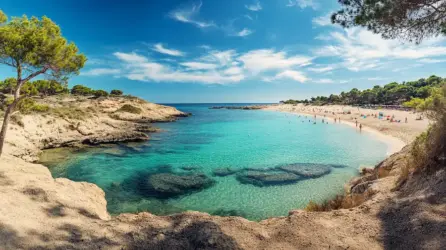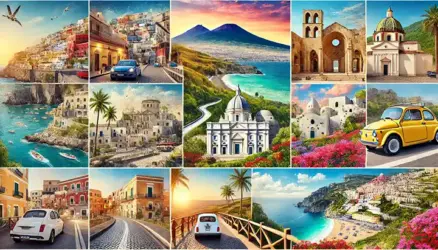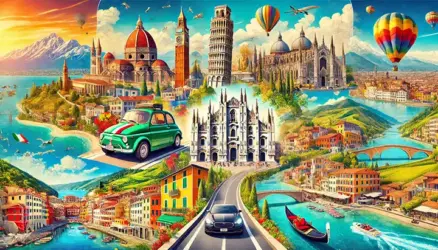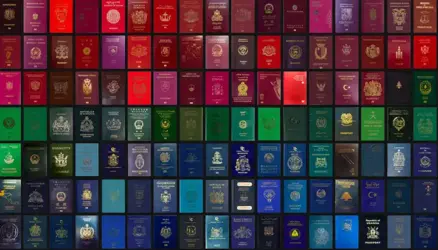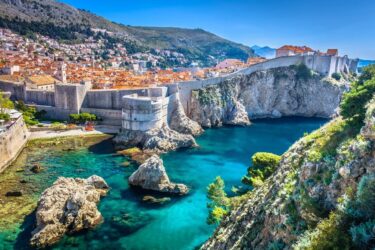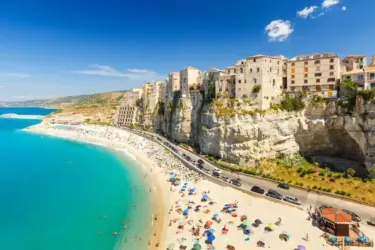Istanbul Travel Guide
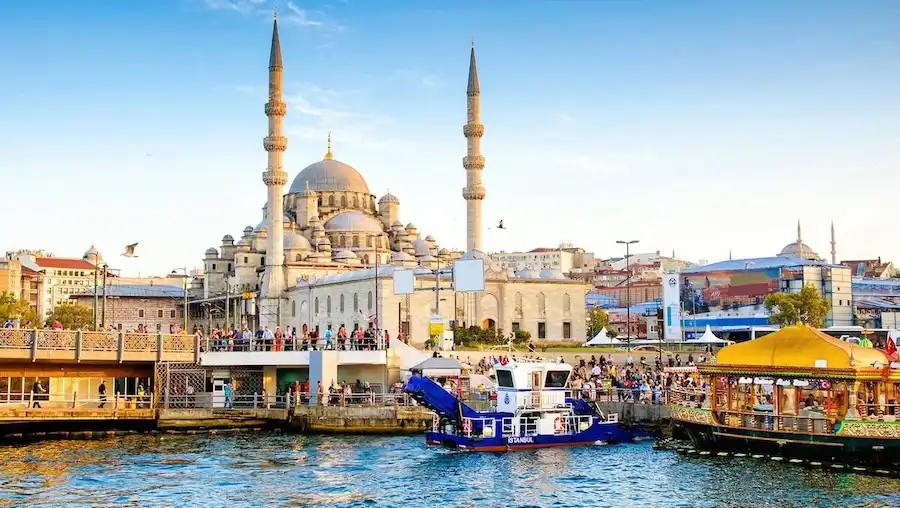
There is no place like Istanbul in the world. Istanbul is a city of layers and contrasts, spanning two continents. Istanbul is a city of old and new coexisting, with historical sights like Hagia Sophia and Topkapi Palace brushing up against buzzing bars and lively cafes, Ottoman-era mosques a short walk from contemporary art museums and galleries, traditional carpet shops around the corner from trendy boutiques. The city never stands still.
Istanbul is the country’s cultural capital, with a plethora of independent galleries and inventive restaurants, as well as its transit hub, with flights to and from all over Turkey and the world. Each neighborhood has its own distinct identity and vibe, and it’s easy to spend weeks in Istanbul and never see it all. But that’s what makes it so intriguing—always there’s something beckoning you back for more. So grab a cup of Turkish coffee and a piece of pistachio baklava and prepare to be enthralled by this fascinating metropolis.
Time Zone
Turkey’s time zone is GMT+3 all year and is also known as TRT (Turkey Time). Turkey does not observe daylight savings time.
Best Time to Visit
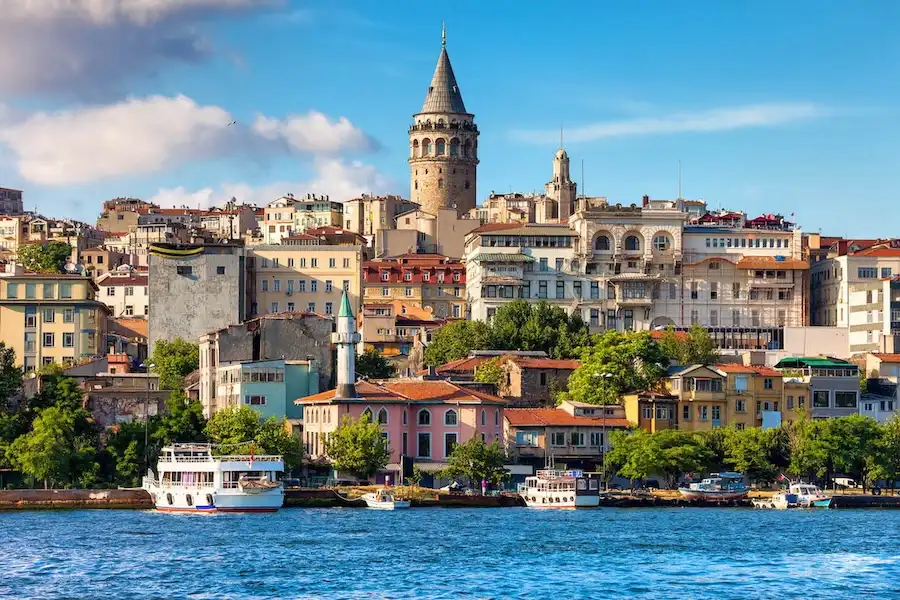
When the weather is bright and mild, spring (April-May) and autumn (September-October) are ideal times to visit Istanbul. The city-wide Tulip Festival takes place in April, when the city’s parks and green spaces are adorned with the colorful bulbs. The city becomes sticky and very hot in the summer, and most residents flee to the beaches to the south as soon as they can, but the streets are alive all night when the air cools off a little. Winter in Istanbul is gray and rainy, revealing the city at its most moody and evocative.
What You Should Know
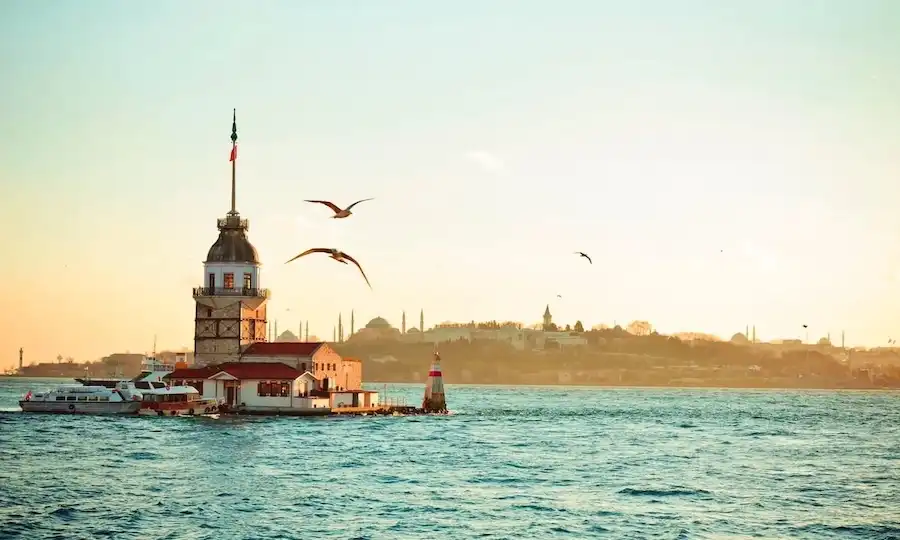
The main language in Istanbul is Turkish, but due to the city’s large international population, don’t be surprised to hear conversation in English, Arabic, or Farsi as you explore. Even if you don’t speak Turkish, Turkish people are generally quite helpful, and shop owners (especially in Sultanahmet, the historic center) will often invite you to sit down and share a çay, a tiny tulip-shaped cup of strong black tea. In this crowded city, personal space is often a luxury, so don’t be surprised if you feel someone is standing too close to you while waiting for a bus or in a line – it’s normal.
Don’t confuse the water that runs through the city with a river. The Bosphorus Strait connects the Marmara Sea (and, by extension, the Mediterranean) to the Black Sea, making it a major global shipping route. Massive container ships passing by your commuter ferry are not uncommon.
While Istanbul is the largest city in Turkey, Ankara, in central Anatolia, is the capital. However, the palaces that dot the Bosphorus, remnants of Istanbul’s status as the Ottoman Empire’s capital, may lead you to believe otherwise. Politicians may conduct business in Ankara, but Istanbul feels like the center of the universe.
Getting Around
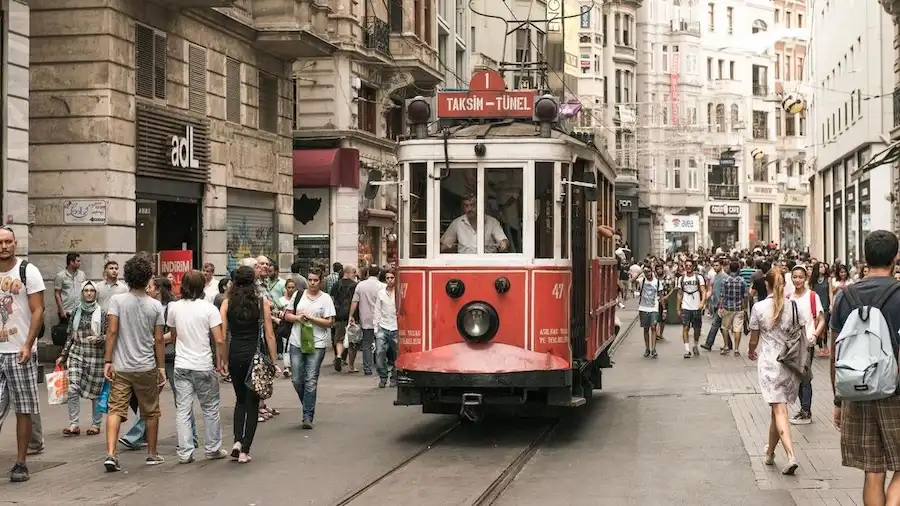
The intricate interlocking transportation systems—both official and informal—allow for easy navigation throughout Istanbul. There are several metro lines with well-marked signs and modern cars that connect to an above-ground tram line and two funiculars. The Marmaray, a cross-continent metro line that runs beneath the Bosphorus Strait, connects the metro systems on the European and Asian sides of the city and has recently been expanded to run all the way into the city’s suburbs on both sides. Otherwise, the best way to travel from Europe to Asia and back is by ferry, with multiple ferry lines running between stations on a daily basis.
The gaps are filled by city buses, which are funded by the same IstanbulKart card that allows you to ride the metro, Marmaray, and ferries. If there is no bus service to your destination, a dolmuş, a yellow van that runs on a fixed route but stops whenever a passenger requests it and leaves when the van is full, may be available. There are also light blue minibuses that travel around the city on various routes. Dolmuş and minibuses are paid in cash, with the price varying according to distance traveled.
Taxis are plentiful, particularly in tourist areas. Apps like BiTaksi can help you call taxis directly, and hotels will usually order one for you if you can’t flag one down.
What to Do in Istanbul
Hagia Sophia
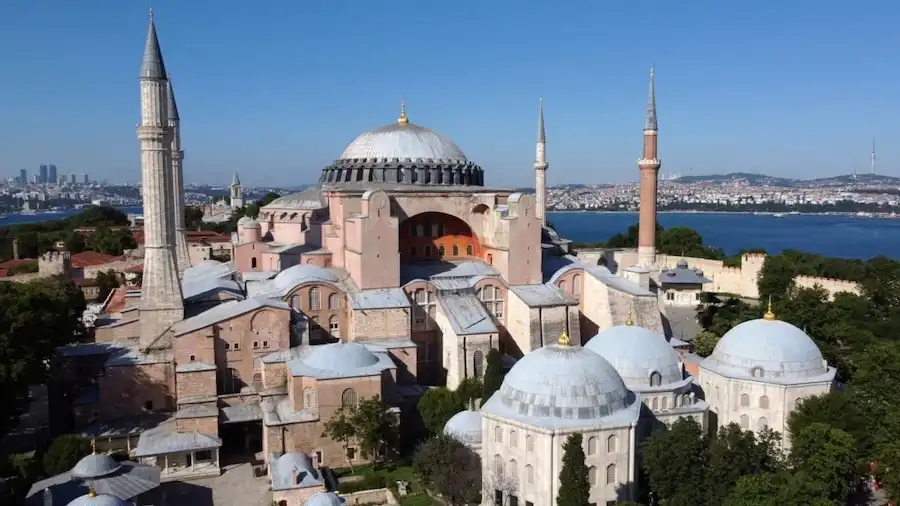
The Hagia Sophia has had many identities: it was a Byzantine church, an Ottoman mosque, a secular museum, and is now back to being a mosque. Visitors must follow the rules of Turkish mosques and dress appropriately, but there is no longer a fee to see the ultimate palimpsest of a building. While some of the famous mosaics and frescoes have been covered, many others can still be seen.
Suleymaniye Mosque
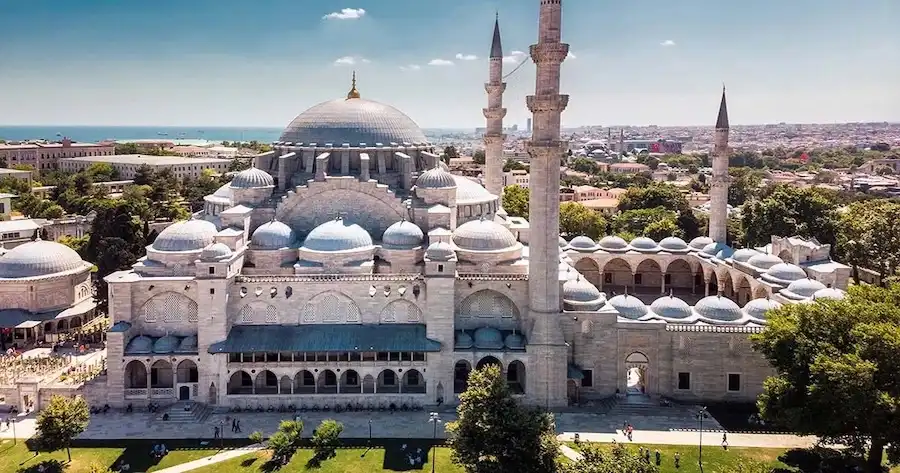
Suleymaniye Mosque is regarded as Ottoman architect Mimar Sinan’s most magnificent Istanbul mosque, and the architect is buried in a tomb on the premises. Suleymaniye is a jewel among Istanbul’s imperial mosques, with its intricate tiles, massive dome, and sweeping view of the city from its courtyard.
Galata Tower
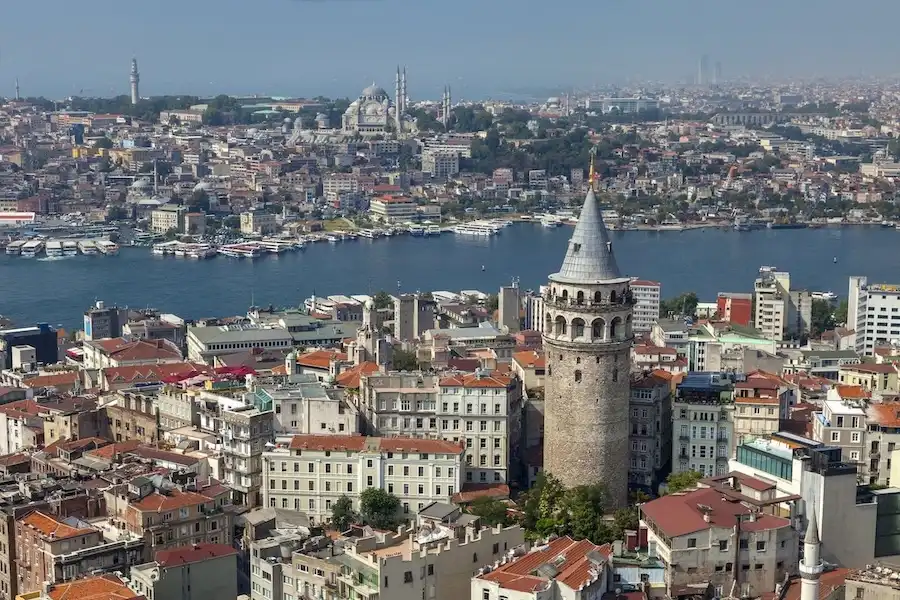
Galata Tower, built by the Genoese in the 14th century, is an iconic part of Istanbul’s skyline. Climb to the top for some of the city’s best views, especially at sunset.
Topkapi Palace
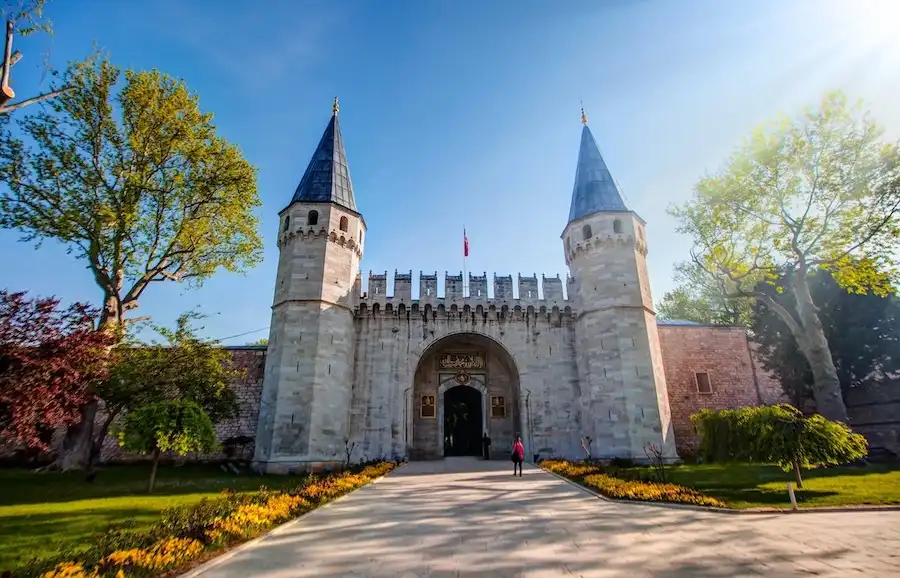
Topkapi Palace was built after the Ottomans took Constantinople in 1453 and served as the primary seat of imperial power for nearly 400 years. The Harem requires an additional ticket, but the magnificent blue-tiled walls and chambers make it worthwhile.
Grand Bazaar
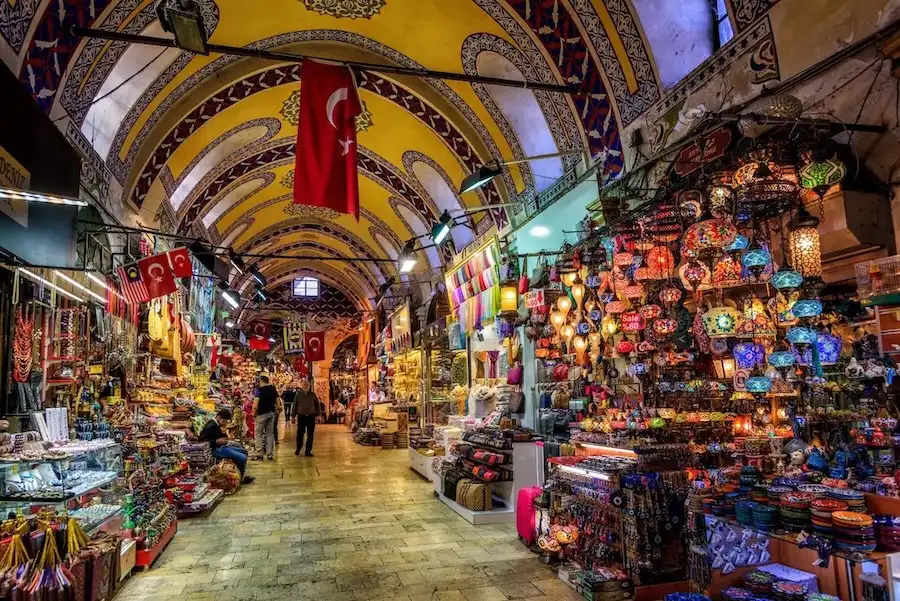
The Grand Bazaar in Istanbul is one of the world’s largest and oldest covered markets, encompassing an entire buzzing hive of artisans and merchants spread across 60 streets and 4000 shops. Come for traditional Turkish carpets, gold and silver jewelry, leather goods, and more—and don’t forget to sit, share a cup of tea, and haggle.
Spice Bazaar (Egyptian Bazaar)
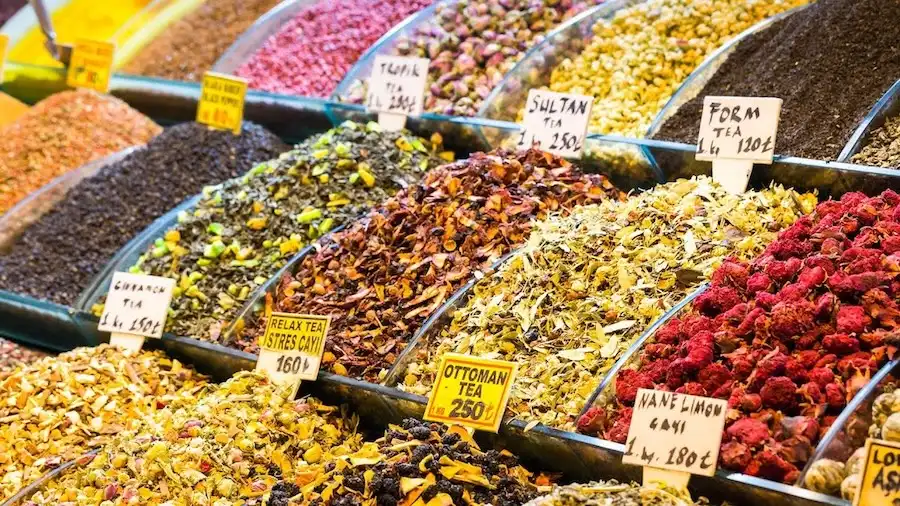
This fragrant covered market, built in the 17th century, is brimming with spices ranging from tangy sumac to smokey urfa pepper to Turkish saffron. Turkish delight, ceramics, and other non-spicy items are also available from vendors.
Weather
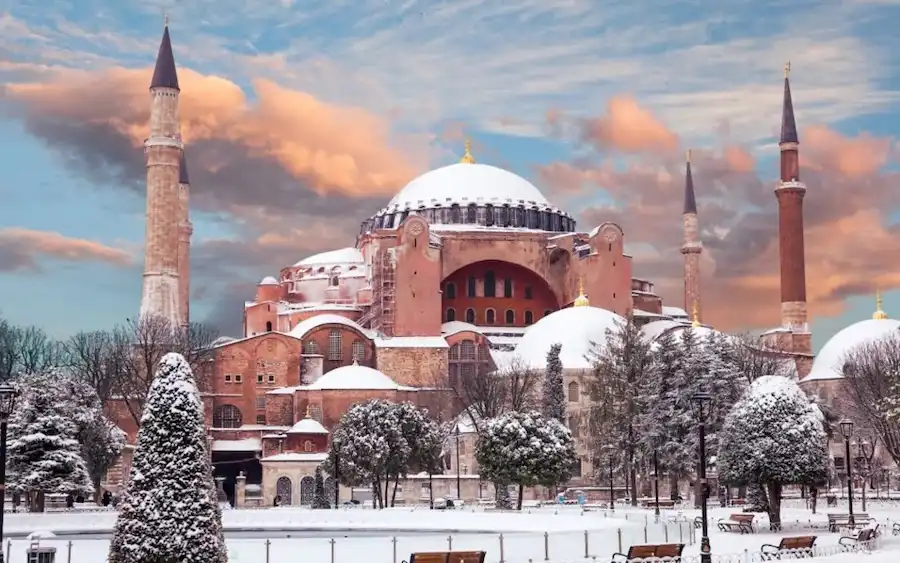
Winter in Istanbul is gray and rainy, with temperatures ranging from 45°-50°F. While the weather isn’t ideal, the city is evocative and somehow cozy, with street vendors selling roasted chestnuts and steaming tulip-shaped cups of tea available at every restaurant.
Spring: The sun comes out in the spring, and the temperature rises to a comfortable 65°-70°F. From fragrant jasmine to hot pink petals bursting from Judas trees, flowers bloom all over the city. Although the early end of spring can be a little chilly, everyone still sits outside to enjoy the sun.
Summer: The long, sticky, crowded days of Istanbul’s summer are typically 85°F with 70% humidity. The water that surrounds the city is the city’s saving grace—the breeze off the Bosphorus on a transcontinental ferry ride or a swim in the Sea of Marmara from Istanbul’s islands take the edge off the muggy heat. And the endless summer nights, often spent sipping a cold glass of anise-flavored raki around a long meyhane table, make it all worthwhile.
Autumn in Istanbul is warm and pleasant. The humidity decreases, as does the temperature, which hovers around a comfortable 65°F in early autumn and drops to around 60°F later on. This is the ideal time to visit Istanbul.






